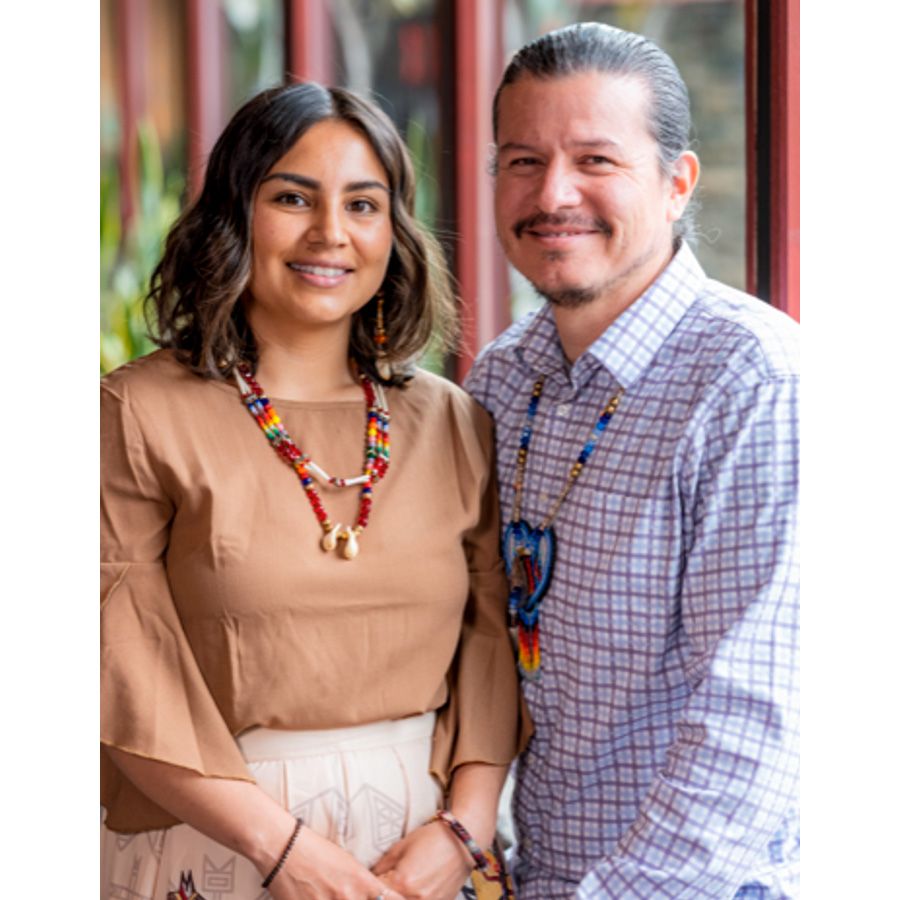
‘The best I can do is email you’: When this Native American family’s high-speed data ran out, their kids’ remote schooling came first
Sammy Matsaw knows all about isolation in the digital era.
Matsaw, 46, was about to graduate with a Ph.D. in water resources when the coronavirus pandemic hit in March 2020. A member of the Shoshone-Bannock Tribes, Matsaw lives with his wife, Jessica Matsaw, 35, and their four children in a three-bedroom house on the Fort Hall Reservation in southeastern Idaho.
The family did not have broadband access, he told MarketWatch, so he had to prioritize his family’s needs and ration out the household’s mobile data among all members of the family. The university, which was a nine-hour drive away, postponed Matsaw’s Ph.D. graduation as he couldn’t go in person.
Jessica, a master’s student in education, was teaching high-school students on the reservation through an unpaid internship. Teaching went online, but because most students on the reservation were also cut off from internet access, she ended up making one-on-one student visits.
To ration out their data, kids’ schoolwork came first. The Matsaws worked around their schedule to squeeze in meetings. But a week into the monthly plan, their high-speed data ran out.
Early on, the household of six relied on two mobile-data plans — Matsaw’s and Jessica’s — for all remote needs. That included the kids’ school, Jessica’s teaching, Matsaw’s university meetings for his thesis, and all family appointments.
To ration out the data, their kids’ schoolwork came first. The Matsaws worked around their schedule to squeeze in their meetings in the early morning and evening. Sometimes, when the connection was spotty, their lines would drop in the middle of a class or Zoom ZM, +6.09% meeting. A week into the monthly plan, their high-speed data ran out.
“We were basically relying on cell service, and the cell service out here is not very great,” Matsaw said. “We’re lucky to have 3G or LTE. There’s no 5G here.”
‘Some Native American households may lack a computer, relying instead on mobile devices to access the internet, which greatly limits their ability to work remotely.’





